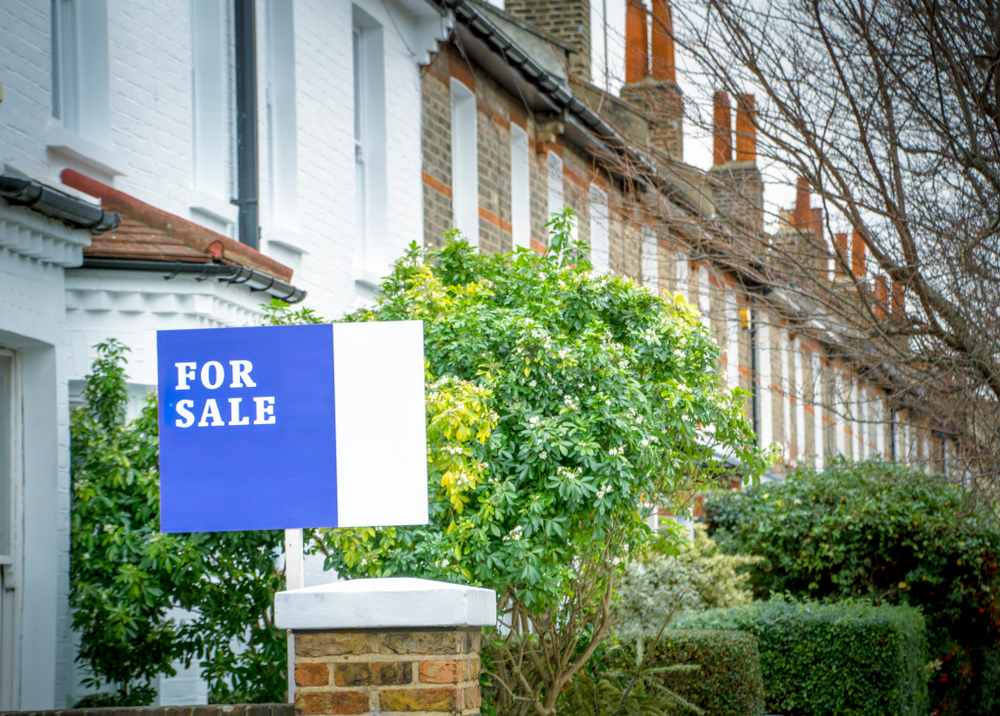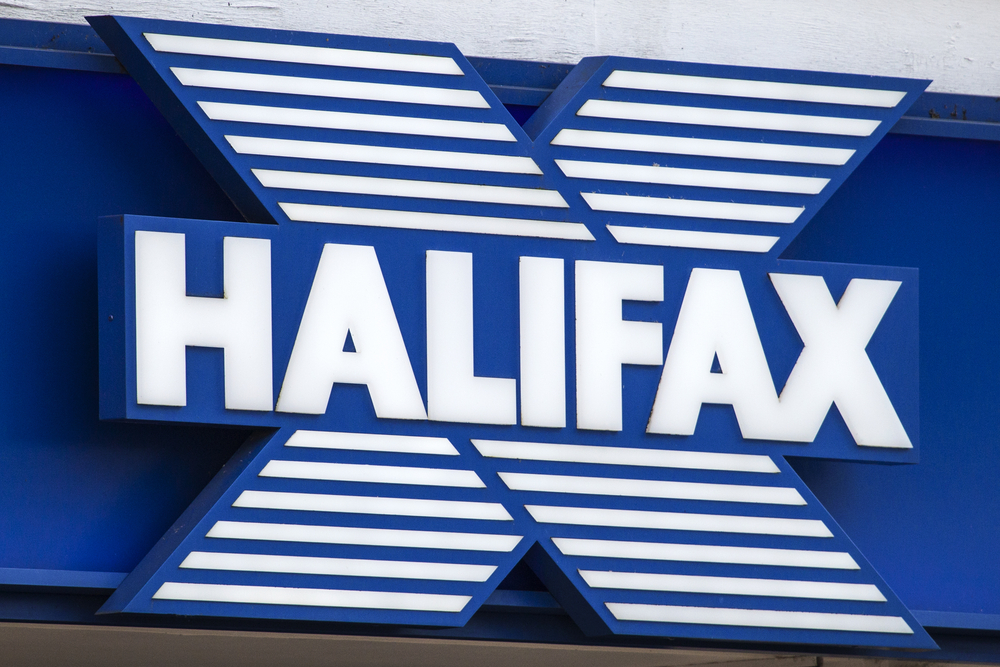
Homebuying is becoming more affordable relative to income, according to new research from Halifax.
The data, based on the Halifax House Price Index, compared typical house prices to average earnings across the UK.
It found that house prices have increased by 3.8% compared to a year ago, reaching an average of £292,508. Meanwhile, annual earnings for full-time workers climbed by 5% to an average of £44,667, over the same period.
This means wage growth outpaced house price inflation, putting the house price to income ratio at 6.55, slightly down from 6.62 last year. The house price to earnings ratio has gradually been reducing since a record high of 7.24 in the summer of 2022.
While market activity has been improving – the number of new mortgages agreed recently reached its highest level in two years – residential property purchases are down by around a third (33%) compared to 2021, when interest rates were at a record low of 1.3% on average, compared to 4.1% in September this year.
A reduction in demand from buyers, from the highs of 2021, is one of the reasons house prices have remained flat for much of the last two years, with the average house price of £292,410 in 2022 comparing to £292,508 in 2024.
Typical monthly new mortgage costs have fallen by about 9% over the last year, from £1,116 to £1,060. That’s based on the typical monthly cost of a 5-year fixed rate mortgage, with a 30-year term and a 25% deposit (average interest rates of 5.2% and 4.1% respectively).
Based on the average UK full-time income, that equates to mortgage costs as a percentage of income falling from 33% to 29%, its lowest level in over two years.
Commenting on the latest figures head of Halifax Mortgages Amanda Bryden said: “Housing affordability has improved over the past year, thanks to stabilising property prices, strong wage growth, and easing interest rates. That’s great news for first-time buyers and existing homeowners looking to remortgage or move up the property ladder.
“However, while homes are becoming more affordable, the progress has been gradual. Buying a property remains a significant challenge for many, with prices still near record highs and interest rates likely to stay higher than we’ve been used to over the past decade.”
Quilter mortgage expert Karen Noye said: “Unfortunately, while affordability has improved slightly over the past year, this progress remains fragile. Wage growth, though outpacing house price inflation, may falter in the face of the government’s proposed budget changes, particularly around employer National Insurance Contributions (NICs), which could constrain businesses’ ability to deliver meaningful pay rises.
“Without robust wage increases, any affordability gains could quickly evaporate, particularly given the persistent supply and demand issues plaguing the UK housing market.”
NAEA Propertymark President Toby Leek commented “Buyers’ affordability continues to grow, not only as property prices start to align with wages, but also as interest rates steadily improve which has allowed more competitive mortgage products to enter the market compared to what was seen at the start of the year.
“Additionally, with Stamp Duty increases due from April 2025 in England and Northern Ireland, we expect movers to be pushing through and completing on their home purchases in order to save, in some cases, thousands of pounds as they move into the New Year.”



